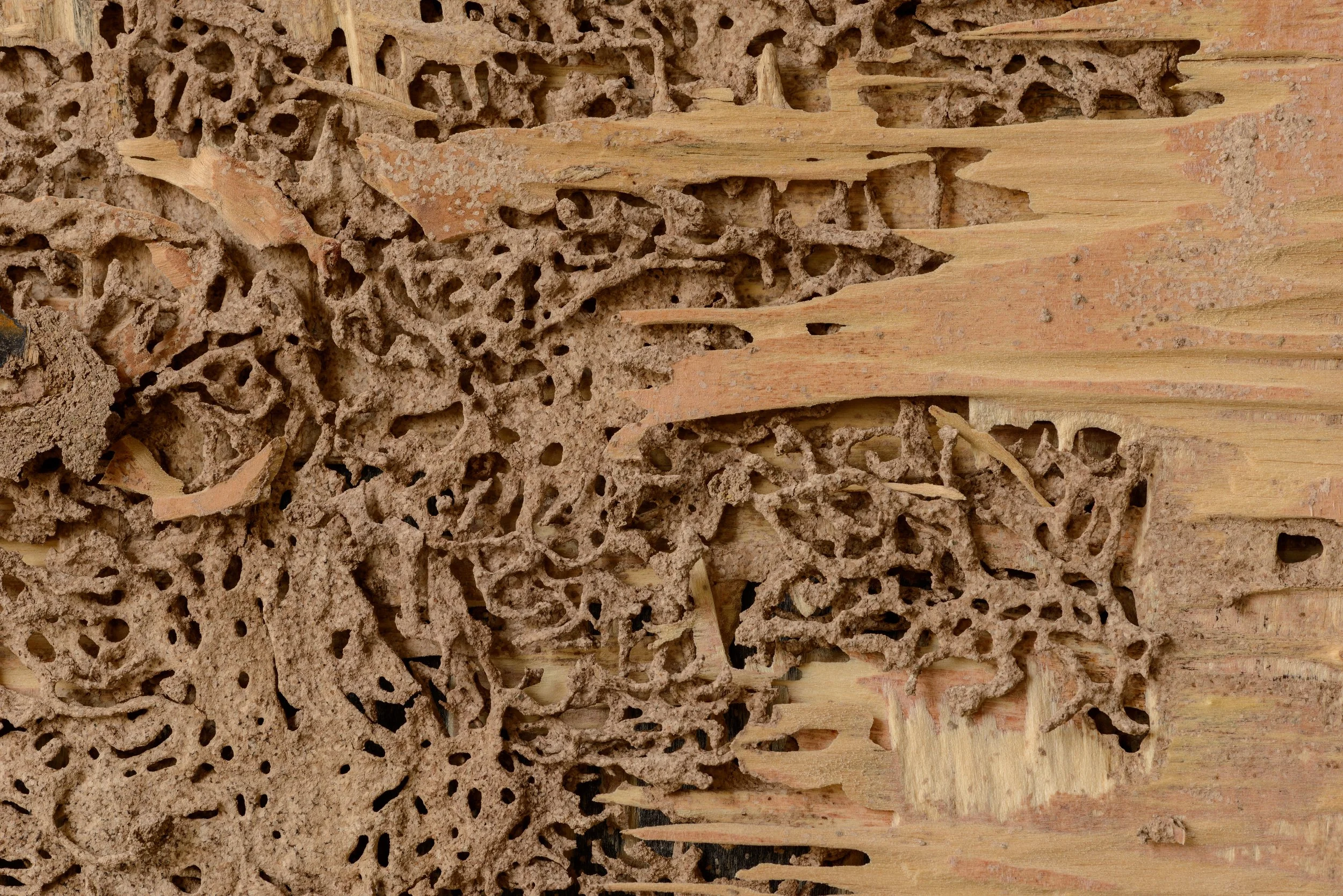Termite Guide: How Quickly Can They Destroy Your Home?
The Important Role of an Early Termite Inspection
You’ve heard the warnings about termites for your home. You know that they can cause damage to all the wood-containing parts of your home, which is just about everything – floors, walls, ceilings, support beams, and even furniture. Yet you may shrug off this threat, thinking that the termites either won’t come for your home, or if they do, that you’ll find them, treat them, and be done with the problem.
The trouble is that termites can feed on your home for months without you realizing it, and by then, they can have caused extensive damage to your home. That’s why you need to invest termite control before you know you have termites. Preventive treatments can keep these pests out so that the damage never begins.
The other trouble with ignoring a potential termite problem is that termites can cause damage fast. Faster than you realize. So that by the time you notice a problem, that problem is exponentially getting worse every minute. You need to call a termite and pest control company to inspect your home and put the proper treatments in place to protect it. If you wait until signs of damage are present to call, you’ll be adding to your repair bill by the minute.
How Fast Termites Eat
Let’s get down to specifics. You want to know exactly how much damage termites can cause and how fast. Well, the answer is a lot and real fast. But, specifically, one termite can eat through an entire 1,000-square-foot home in 3,144 years. Clearly, far beyond your lifetime.
That doesn’t seem like much. But remember this: You aren’t going to ever have one termite in your home. You are going to have an entire colony. Depending on how long the colony has been there and how well it is thriving, you could have anywhere from 60,000 to 2 million termites in your home. And those termites don’t stop eating. They eat their way through your home 24 hours a day, seven days a week.
Now think about how long it will take a colony to cause some serious damage to your house.
Factors Affecting Colony Health and Termite Damage
If your home has the right conditions for termites, the colony will thrive and grow. Then it will cause more damage more quickly. First, termites like warm conditions. Already, your Phoenix home is at a disadvantage. The Arizona climate is always warm and inviting to termites. When the temperatures drop outside, termites will look for cover, and your home might just be the perfect spot. When the temperatures rise, they will be more active and cause more damage.
Second, termites need water. They can’t survive without a steady supply of it. If there are areas of your home that have poor ventilation or that have plumbing leaks, termites are going to thrive there. You need to correct moisture issues in your home, in addition to investing in termite control solutions, if you want to keep these pests out for good.
When the right conditions are present, termites can proliferate quickly and can eat through your house faster than you think. But even in poor conditions, termites can cause a lot of damage before you find and eradicate them. Work with a pest control company serving Phoenix to protect your home and keep the termites out. You could end up saving thousands of dollars on home repairs, and you can ensure the safety of your family.
Contact Varsity Termite and Pest Control to learn more about affordable termite control options. We are a respected pest control company in the Phoenix area, serving homes in Mesa and the entire Valley area. We offer affordable termite control options, as well as solutions for other pests common to the area, including scorpions, ants, roaches, rats, pigeons, and more. We will inspect your home and present a treatment plan that will get immediate and long-lasting results to protect your home and your family. We can also develop an ongoing service plan to ensure that your home does not become vulnerable to future infestations.

